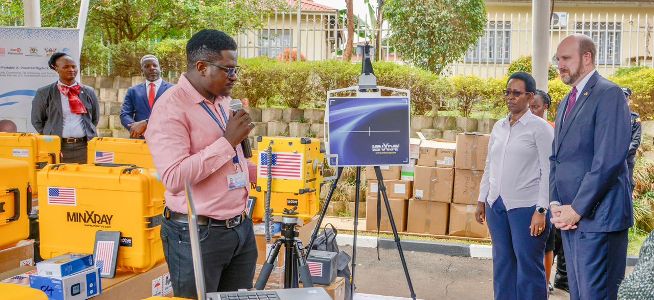As the sun blazed down relentlessly on Lusaka’s parched streets, a local vendor lamented, “Even the rain has forgotten us.” Her words carried more weight than she realized, for Zambia’s drought-stricken economy is echoing the desolation of its people. The kwacha, once a symbol of resilience, now limps under the burden of a crippling drought, economic uncertainty, and a struggling copper industry.
The kwacha hit a record low of 28.05 to the dollar this week, a stark reminder of Zambia’s ongoing economic woes. The severe drought, fueled by El Niño, has drained the Kariba Dam, the country’s hydroelectric lifeline. With power shortages halting industrial production, Zambia’s copper mines, which account for over 70% of export revenue, have been forced to scale back operations. This double-edged sword of reduced exports and rising import costs is shredding the currency’s value and eroding public confidence.
This economic tempest stems from a stormy past. Zambia’s default on $11 billion in external debt in 2020 tarnished its global financial standing, leaving a legacy of investor wariness. Although a brief glimmer of hope emerged in 2024 with successful debt restructuring efforts, the drought has extinguished those sparks, laying bare the fragility of an economy overly reliant on copper and hydropower. The kwacha’s fall is not just a financial story but a human one, touching every Zambian who grapples with soaring prices and dwindling incomes.
The proverb, “When the well runs dry, we learn the worth of water,” rings painfully true for Zambia. The government must now dig deep—diversifying the economy, bolstering renewable energy, and rebuilding investor trust. While the kwacha’s fate remains uncertain, one thing is clear: Zambia’s resilience will be tested as it navigates this drought-induced storm.



